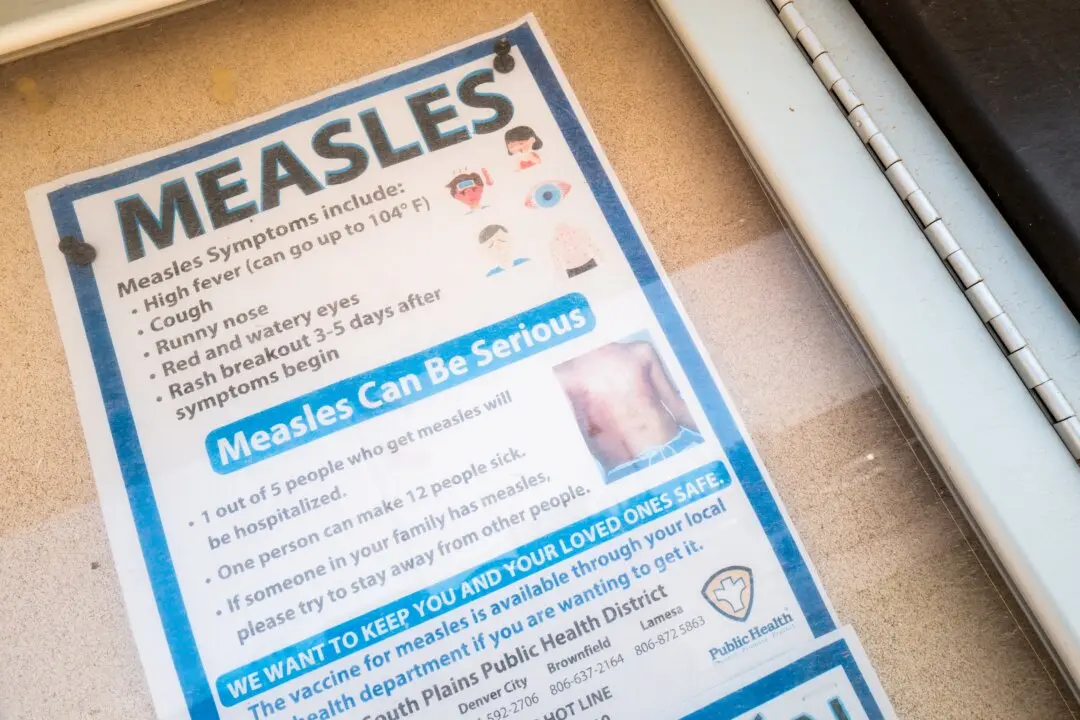A 5-year-old girl who contracted the rare Eastern Equine Encephalitis (EEE) virus, leaving her in critical condition, has gotten massive support online.
The Massachusetts Department of Public Health said last week that laboratory testing confirmed the girl got the virus, which is deadly in up to 50 percent of patients.





